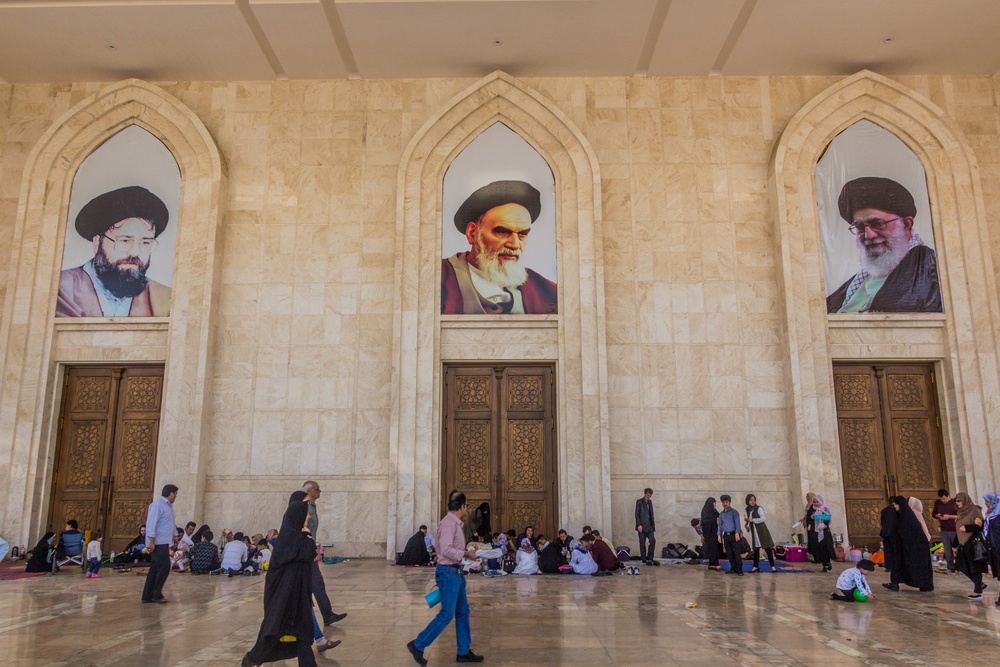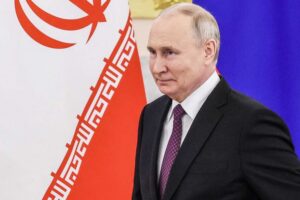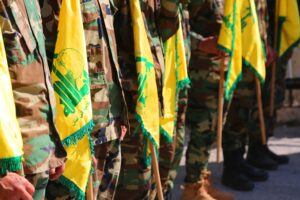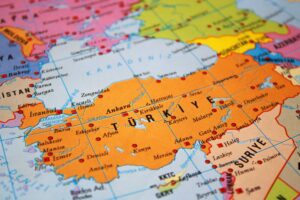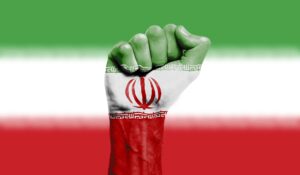Contrary to the expectations of many, there has been no sign of a breakthrough in nuclear negotiations with Iran in the two months that Joe Biden has been President. Instead, tensions have flared in the last two weeks following attacks by Iranian proxies on American assets in Iraq; a (probable) Iranian attack on an Israeli-owned tanker; and American airstrikes in Syria. Despite this, we still expect constructive dialogue to begin in the coming month, before the Persian holiday of Nowruz brings another delay to the process, as the Iranian government grinds to a festive halt. Yet the risk that either the U.S. or Iran takes a step too far and accidentally torpedoes negotiations before they even begin is now much greater than it was on 20 January.
To frame how Iran and the United States will act going forward, their recent behaviour must be put in context.
Iran
In Tehran, hardliners—or principlists—dominate the narrative on both internal and external policy. Hawkish politicians have assailed moderate President Rouhani relentlessly and from all sides throughout his tenure, but more fiercely as of late: blaming him for the state of the economy; frustrating the government’s budget bill for the next fiscal year through multiple parliamentary rejections; attacking members of the cabinet purely to undermine the government; and of course, trashing Rouhani for the failure of the nuclear negotiations. It is important to bear in mind that the principlists’ criticism of Rouhani’s ‘softness’ towards the U.S. is not a singular critique, but part of a wider effort to consolidate momentum ahead of the presidential election on 18 June.
Iran’s Supreme Leader Ali Khamenei announced that the country was considering enriching uranium to 60%.
Ascendant in the domestic sphere, this anti-dialogue, hawkish consensus is resulting in a strategy of escalating tensions in the region in order to spook the US into making the first concessions. Shortly after the head of the International Atomic Energy Agency (IAEA) Rafael Grossi returned from Tehran – having barely stopped Iran from nixing the agency’s nuclear inspection rights – Iran’s Supreme Leader Ali Khamenei announced that the country was considering enriching uranium to 60%. Hardliners attempted to pass such a bill in 2013, arguing it was necessary to conduct nuclear propulsion research, but it was stopped. If Iran did cross this threshold, it would bring Tehran to an irreversibly advanced level of technical know-how, permanently reducing breakout time in the long-run, and more immediately, slashing nuclear breakout time to a matter of weeks, a hair’s breadth from nuclear weapons capabilities. Less than a week after signing a parachute deal with Grossi, Iran is already threatening to pull out of it.
Most concerning is that Tehran might not be bluffing. The most strident principlists have started pushing the idea that returning to the negotiating table with the West is not the only way that sanctions respite might be achieved, nor the only way the Iranian economy can be saved. Most recently, they can point to Iran’s successful use of crowbar diplomacy in February, when Iran exchanged a South Korean tanker held hostage in exchange for the release of $1bn of foreign currency reserves frozen by U.S. sanctions. This was seen as a victory for those within the regime pushing against détente with the Biden administration. Meanwhile, Iran’s economy has turned a gradual corner, causing some leading hardliners to posit that the country and its eghtesad-e moghavemati (“resistance economy”) model can survive under permanent sanctions.
Within Iranian politics, a considerable and growing number of high-ranking politicians and clerics favour nuclear weapons and a continued Cold War with the U.S. over sanctions relief and rapprochement. The most recent example of this is Iran’s rejection of an EU-led offer to arrange direct talks with the United States, most likely ordered from above. In June, this sentiment will likely be bolstered with the election of a hardliner, possibly affiliated with the Iranian Revolutionary Guard Corps (IRGC.) If this does materialise, all four pillars of Iranian politics—the supreme leadership, judiciary, parliament and presidency—will be under the control of hawks. Should this bridge be crossed, there will be little space left for an alternative, more moderate internal discourse.
The U.S.
On the other hand, the new administration in Washington is moving far slower than was expected. Many, including in Iran, foresaw a return to the JCPOA as a given in Biden’s first hundred days, anticipating sweeping concessions to Iran in exchange for an expeditious return to the deal. This looks like an increasingly remote prospect. Iran, and the Middle East, is not a priority for the new administration; China and climate change are much more important issues, and America’s policy in the Middle East has been subordinated to those two greater aims. Showing a strong negotiating position with Iran by refusing to make quick concessions, and making a stand for human rights through rapidly distancing American policy from Saudi Arabia, are most likely intended to be signals to China. America’s Iran policy is an early showcase of the new administration’s approach, but is not its priority. Overoptimistic assessments of the situation should, as a result, be adjusted.
The Iranian foreign ministry has threatened to collapse the stop-gap inspection agreement.
An attempt to show strength would therefore explain a recent American air raid in Syria, targeting smuggling facilities used by Iran-backed militias. Meanwhile, reports have also emerged of a debate within the P5+1 over British and American attempts to table a resolution condemning Iran’s reduced nuclear compliance at this week’s IAEA conference. As a result of this alleged resolution, the Iranian foreign ministry has threatened to collapse the stop-gap inspection agreement. The Biden administration is less malleable than Iranian policymakers initially thought, and is clearly not willing to return to the agreement on Iran’s terms. That much was made clear by President Biden’s answer when asked what message the Syria strike intended to send to Iran: “be careful”.
On Iran policy, a lot can happen in a week. There remains significant room for fatal miscalculations by either side, but a meeting involving all JCPOA signatories should still be seen as more likely than not. The base case remains that the balance of interests is on the side of a return to the deal before Iran’s election in June. President Biden already made three modest concessions in one day. If those concessions could be made even without face-to-face talks, faith should not falter in what actual negotiations could achieve. The challenge now is getting to the table through a mire of ‘mis-escalations’ and misunderstandings.


